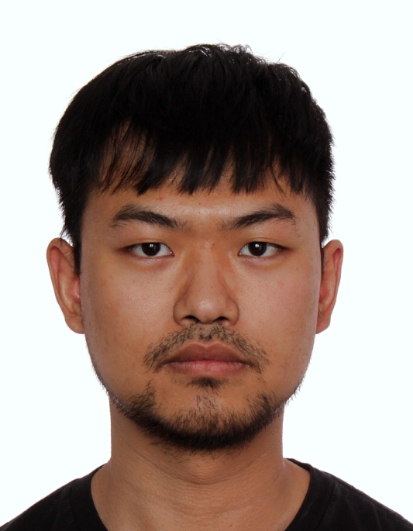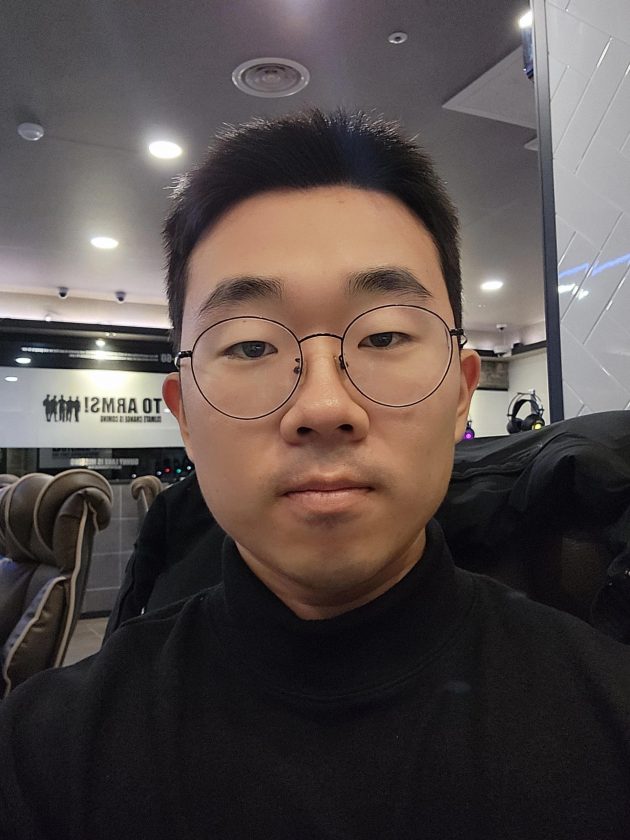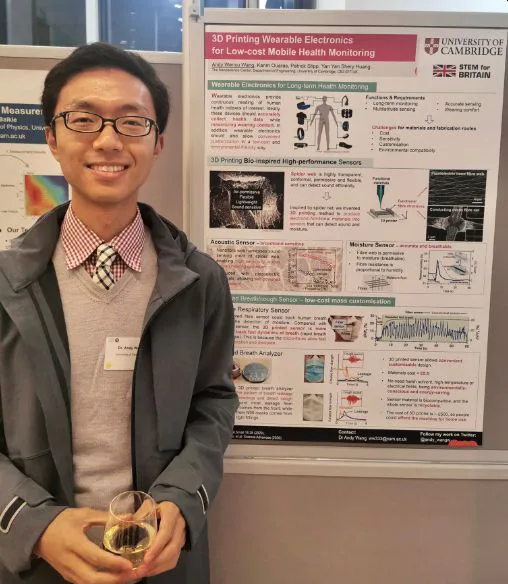
Meet Dr. Andy Wang, PhD, a leading researcher in the Biointerface Group at the University of Cambridge, under the esteemed Prof. Shery Huang. Dr. Wang brings a wealth of expertise to the field, having earned a Bachelor’s degree in Mechanical Engineering from the prestigious Tsinghua University in 2016, followed by a PhD in the same field from the world-renowned Cambridge University Engineering Department in 2021.
His cutting-edge research in additive manufacturing has paved the way for significant advancements in bioelectronics and wearable devices, particularly in the realms of sensing, the Internet of Things (IoT), and health monitoring. Today, we’ll delve into his innovative work and explore the future possibilities his research holds.
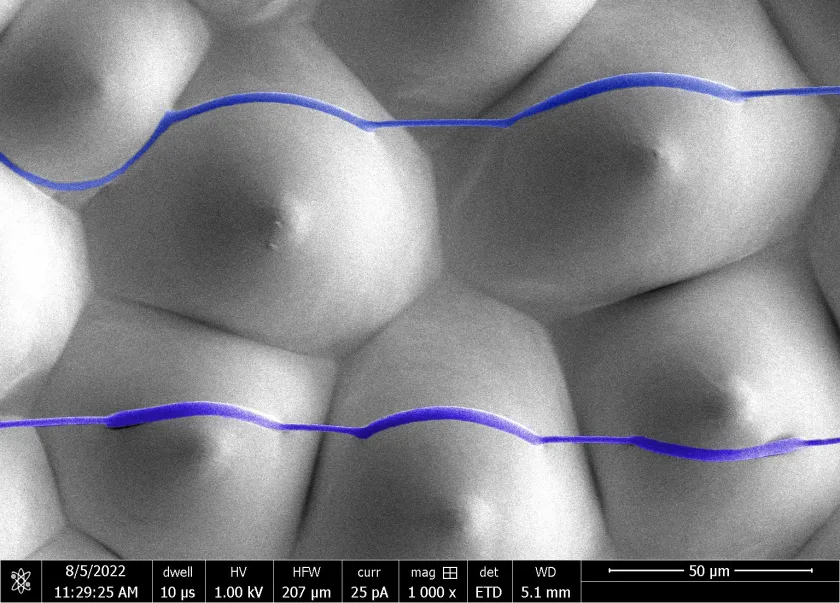
What initially sparked your interest in bioelectronics, and what motivated you to pursue it as a career?
Bioelectronics is a new topic that bridges the two worlds – the world of living and the world of man-made devices. It could change the way of how we interact with electronic devices. It is a new interdisciplinary topic, in addition to fundamental research, bioelectronics could open a range of new industries.
Can you explain the orbital spinning technique used to create the bioelectronic fibers and why it was chosen over other methods? Ref- Electronic Spider Silk: A Versatile Solution for Bioelectronics
Orbital spinning is simple, highly customised, and environmental friendly. Unlike many traditional methods, such as microfabrication, the orbital spinning could operate in normal ambient conditions, and it is a one-step printing process.
The sensing interface printed by orbital spinning would naturally morph the target people. And the method requires minimal energy usage, only tens of Watt, and generates of negligible wastes.
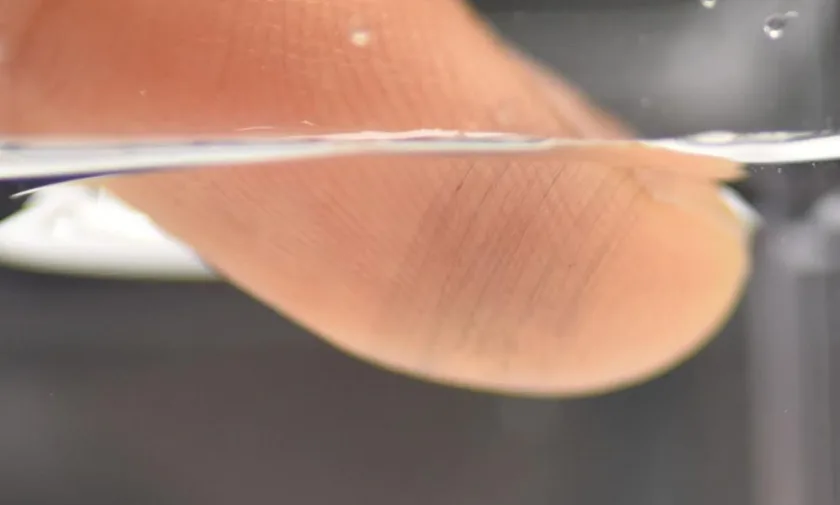
Are there any current real-world applications or case studies where bioelectronic fibers have made a significant impact?
For example, the brain-machine interface, although it has not been widely used, but already sparked impact on healthcare and human augmentation – Neuralink.
The Internet of Things (IoT) is transforming how we interact with the world around us. How do you see bioelectronic fibers integrating with IoT devices to create smart, interconnected systems?
Currently the IoT does not include human as the centre, but with bioelectronics in the future, human could be integrated into the IoT framework.
When it comes to bioelectronic fibers, how do you propose addressing issues such as biocompatibility, long-term stability within living tissues, and the environmental impact of production and disposal?
First, from the materials aspects, we could try to use organic or even naturally-derived materials. Many organic and natural materials actually possess desirable functions, this could allow the system to be biocompatible and also degradable.
Whole life-cycle sustainability needs to be considered.
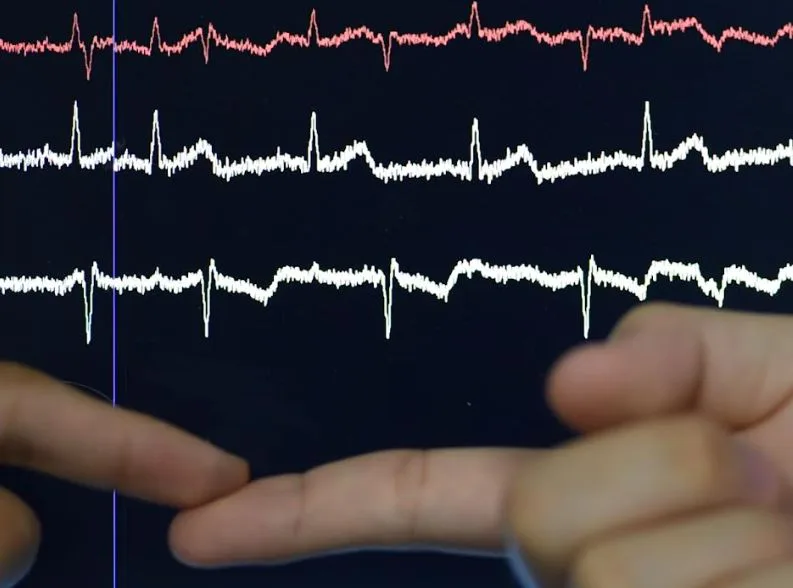
(Wow! Thank you, Dr. Wang, for an incredibly inspiring conversation! Your work is a true source of inspiration. We eagerly anticipate our next visit to witness more of your innovative research. Until then, we extend our best wishes for your continued success in all your future endeavors.)

